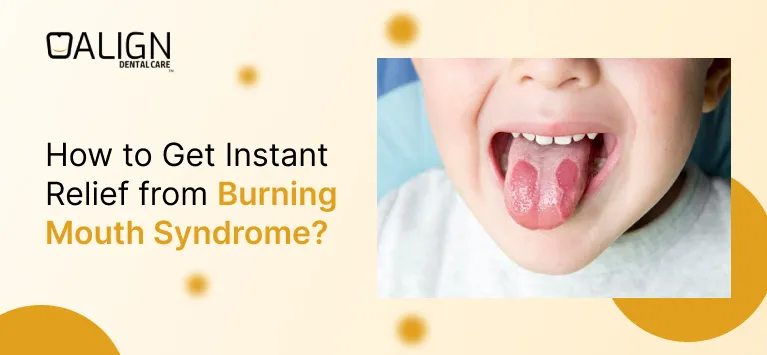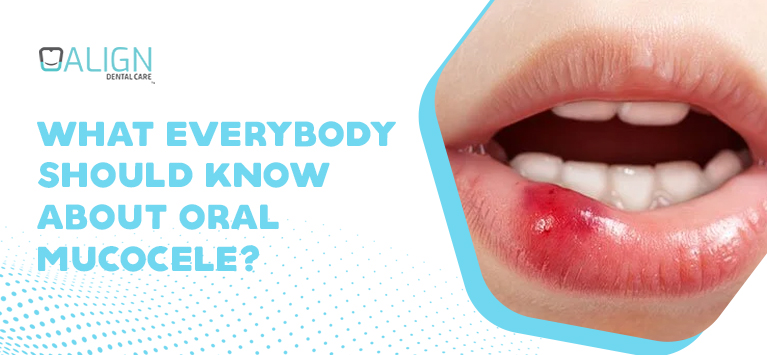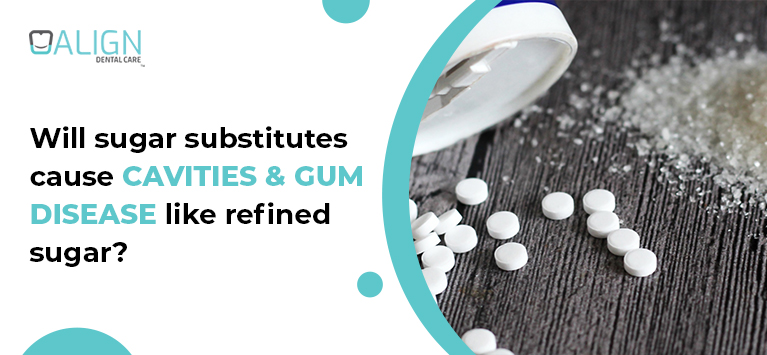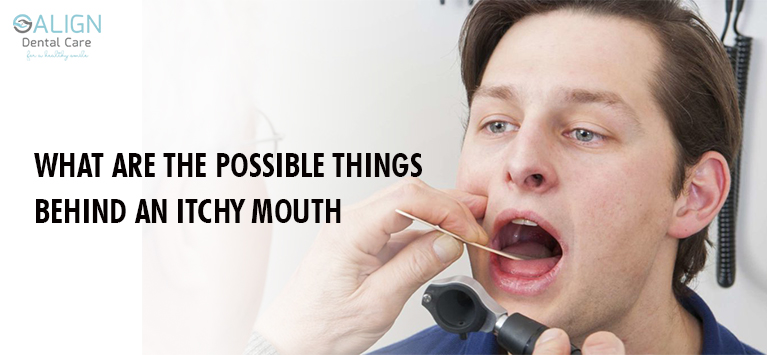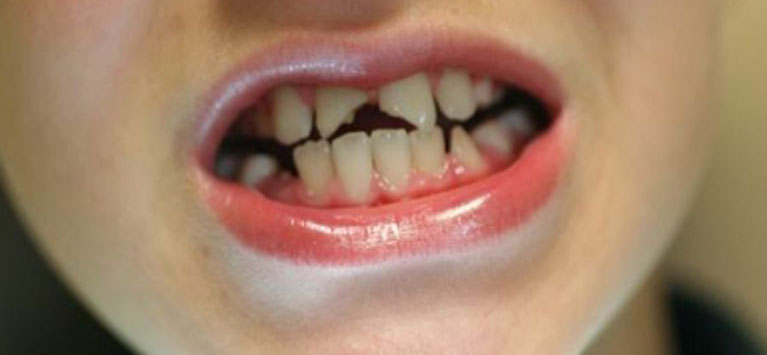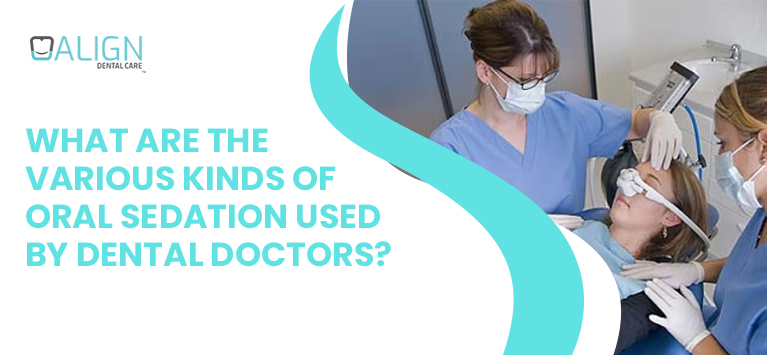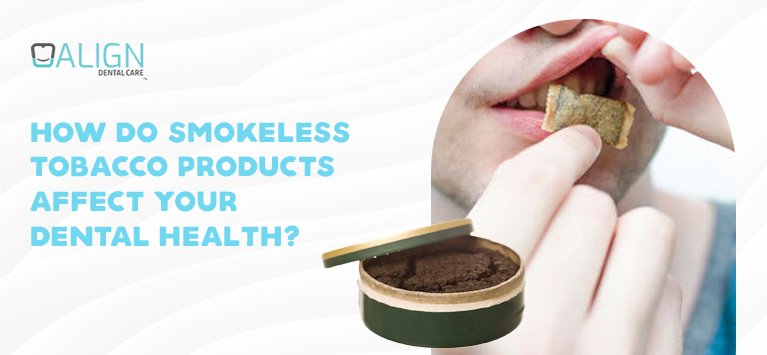
Salivary Stones – Causes, Symptoms, Diagnosis & Treatments
Salivary Stones are small solids formed with crystallized minerals developed in the tubes through which saliva flows. Such solid substances formed in the salivary glands are referred with various names viz salivary duct stones, salivary gland stones and salivary duct calculus. It is clinically termed as Sialoliths. Such blockage in salivary glands prevents saliva flow into our mouth.
Middle-aged adults especially men are highly susceptible to salivary stones.
Everyone has three pairs of salivary glands in their mouth namely Submandibular glands (located at jaws in the floor of the mouth), Parotid glands (located inside the cheeks), Sublingual glands (located under the tongue). The salivary stones are primarily happening in the glands present in our jaws.
Less common are the blockages happening in parotid glands and sublingual glands. Moreover, the solids formed in submandibular glands are large when compared to stones formed in other glands.
Table of Contents
What causes salivary duct stones?
The salivary gland stones begin with the accumulation of chemical substances present in saliva like calcium carbonate, calcium phosphate aggregate in the duct. The stone sizes range from less than 1 mm to a few centimeters.
Apart from the chemical particles, various aspects like thickened saliva or less salivary production tend to form crystallized materials in the salivary duct. The common things that link to salivary duct stones include:
- Trauma to the salivary glands
- Poor eating
- Drinking less amount of water. Being dehydrated reduces the level of saliva produced by the glands.
- Medications intake such as blood pressure drugs, psychiatric drugs, bladder control drugs
What are the symptoms of having salivary stones?
When the salivary stones build up inside the duct, it restricts the salivary flow, followed by irritating the glands and exhibits various discomforts. The common signs include:
- Pain in mouth, neck and face – As saliva cannot flow through the duct due to the stone formed, it returns to the gland. This inflames the salivary gland producing sharp pain.
- The pain worsens after eating. Meanwhile, it causes difficulties in chewing and swallowing.
- Dry mouth
- Tenderness in mouth
Such troubles persist until you extract the salivary duct calculus. Keep in mind that the aggregation of saliva inside the glands will eventually end in bacteria infection. It provokes further troubles like foul taste, pus around the stones, redness around the infected region and fever.
Salivary gland stones diagnosis & treatments
Dentists can diagnose sialoliths with swollen salivary glands by inspecting the head and neck. Moreover, imaging systems like X-rays, CT scans and ultrasound are also available to detect the crystallized substances in ducts or glands.
Once the size of the blockage in the salivary gland is found, dental doctors plan a suitable treatment to remove the stone. In general, the dentists push the duct at different angles to extract the blockage. Surgical procedures are mandatory only if the stones located deep inside the duct or gland.
The advanced solutions to clinically remove salivary stones include:
- Sialendscopy – The less invasive procedure that utilizes small, lighted scopes to detect the stones and extract their micro-instruments.
- ESWL – Stands for Extracorporeal Shock Wave Lithotripsy. It involves passing high energy sound waves towards stone in the duct to break the blockage under anesthesia.
Bottom line
Salivary duct stones or blockages in salivary glands do not cause serious problems if you seek dental help at right time. Otherwise, it will push you to get surgical treatments. Meanwhile, antibiotics are needed to treat infections caused by salivary stones.
You can stay far away from such obstacles if you hydrate yourself and take healthy foods and fruits. At times, these actions help you in dislodging the stone in the salivary duct as well as increasing salivary flow.






